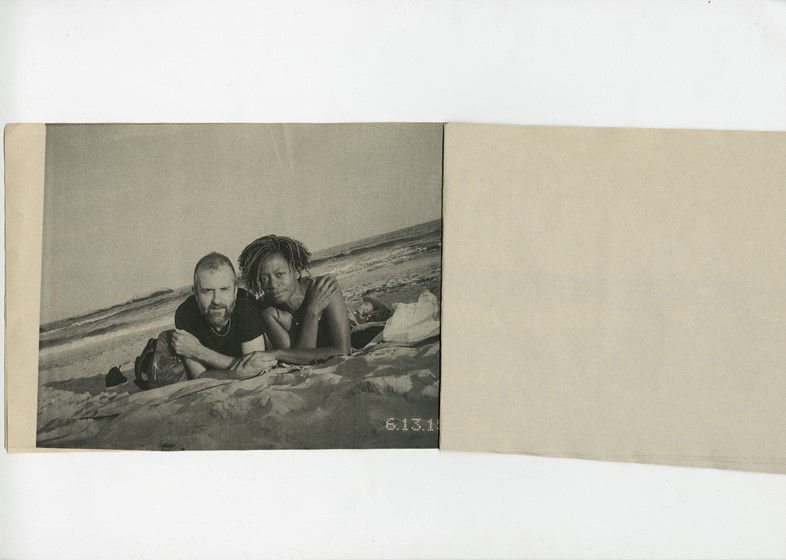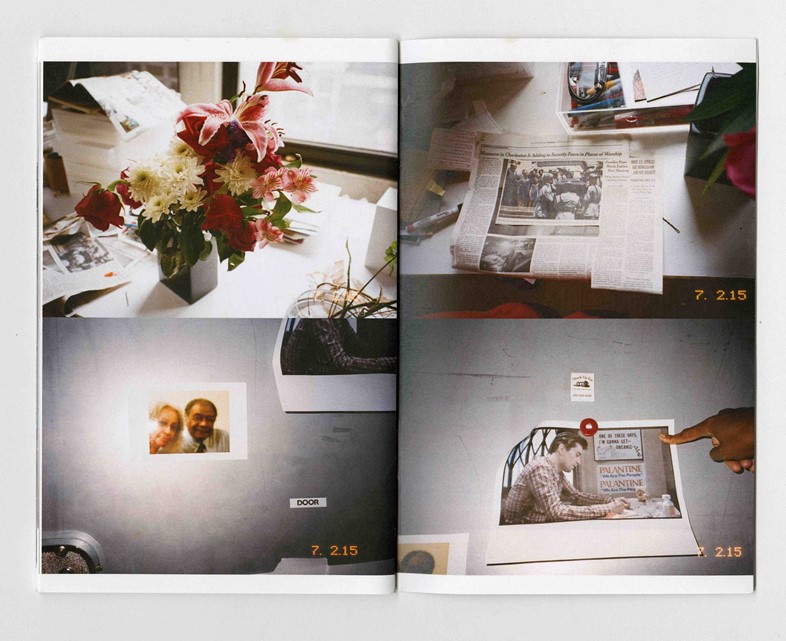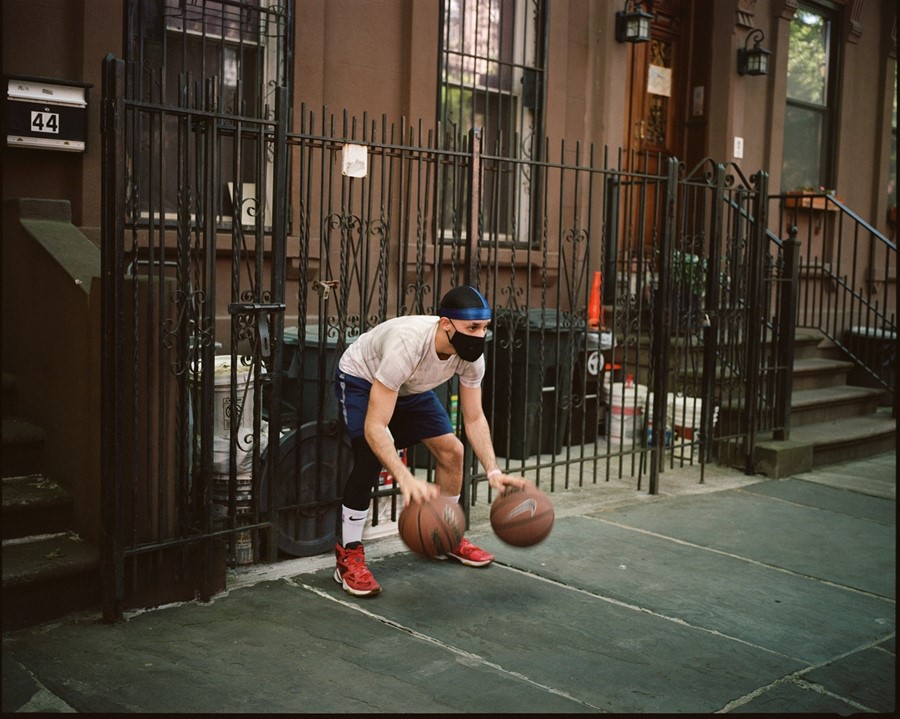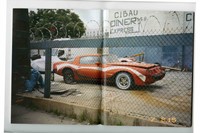A new book compiles the photographer’s self-published zines, which date back to the 90s. “It wasn’t like the art world, where everything gets judged,” he says
Ari Marcopoulos makes zines because he has to. The New York-based photographer’s first experiments with the format date back to the early nineties, producing Xerox scans of his photographs to help order thoughts or mockup compositions. 30 years and hundreds of self-published zines later, they remain a constant in his practice, both private and public. Zines still provide a physical and informal tabula rasa to develop raw ideas, but perhaps most importantly, they now also serve as diaries, family albums, gifts, emotional vessels and streams of consciousness. Zines typify the way Marcopoulos prioritises the act of looking – really looking – without filter or inhibition, above any ideal of technical perfection. Now, a comparatively modest selection of these limited-run works have been assembled into a new book, Ari Marcopoulos: Zines, a chronology of photographs taken between 2015-2021, and the first such overview in the 66 year-old’s rich career.
It’s little surprise to discover that Maropoulos’ love of zines took off through skateboarding. Back in the early 90s, the photographer was making a name for himself documenting New York’s skate community, lost boys who’d found themselves in the city’s flourishing underground scene. Many took after the West Coast skating icons of the day in adopting the same punk-inspired approach to producing their own zines. “You had people like Mark Gonzales, Harmony Korine and Rodney Mullen making zines,” says Marcopoulos. “The whole thing was [that] people felt free to do whatever they wanted. It wasn’t like the art world, where everything gets judged.” Often printed at the local copy shop and roughly stapled together, these hand-made creations were the only way of circulating work at the time. Emboldened by the success of California skaters like Gonzales and Korine, they encouraged a generation who might otherwise have never considered themselves artistic to simply have a go and find out.
This liberating autonomy remains part of the attraction for Marcopoulos, for whom zine-making has always been a largely private and individual pursuit. “What’s great about them is that you can make them at home and exactly like you want to. Nobody’s going to tell you, ‘Don’t you think this should be on the cover? Or do you think you should have done this, or that?’” Allowing himself to take risks or make mistakes is what makes zines rewarding. “You become more accepting of imperfections and you actually start to embrace rawness.” Typically between 16 or 32 pages and spanning a discrete period of time, each of Marcopoulos’ zines is agile and fast-moving, concise studies that are guided by instinct and emotion rather than attritional back and forths over margin width or paper stock.

“Giving yourself a deadline always forces you to produce, so you are working with parameters and you also work with rhythm,” he says. This rhythm is, for the most part, swift and steady. Zines typically follow a trip taken with partner and fellow artist Kara Walker, or a specific focus like commercial airliners (Boarding Pass, 2018), skating (Slouching Towards Brooklyn, 2006) or esoteric underground groups (Monograph Hunters New Orleans, 2017). Mostly, however, his zines resist the straitjacketing effects of themes. They are fluid, ephemeral, shapeshifting things that function best when the viewer is given space to plot their own emotional path through them.
Even when life’s essential rhythms are disrupted, as they were during the pandemic, the physical act of compiling zines keeps Marcopoulos tethered. As reflected in the book, lockdown meant printed zines became PDFs (32 of the 51 zines featured are digital): combinations of archive and the few photographs Marcopoulos was able to take, which he sent to friends in lieu of physical contact. Like the rest of the publication, which holds a mirror to several globally turbulent events (Trump’s election, George Floyd’s murder and Covid-19 to name a few), images from this time shift in mood with subtle yet visceral effect. “A change to a minor key,” in the photographer’s words.

As physical objects, it is tempting to relegate zines to anachronisms, emblematic of a bygone era when print was king and studio space affordable. For Marcopoulos however, this perspective – which posits the ‘real’ New York of yesteryear against a watered-down, inauthentic version of the city today – is ultimately misguided. “Yes, there’s gentrification. Yes, there’s glass towers and old buildings getting knocked down. But it’s still a real place, where real people live, go to work and ride the subway. And there are more zines now than ever before.”
Ari Marcopoulos: Zines is published by Aperture and is out now.






